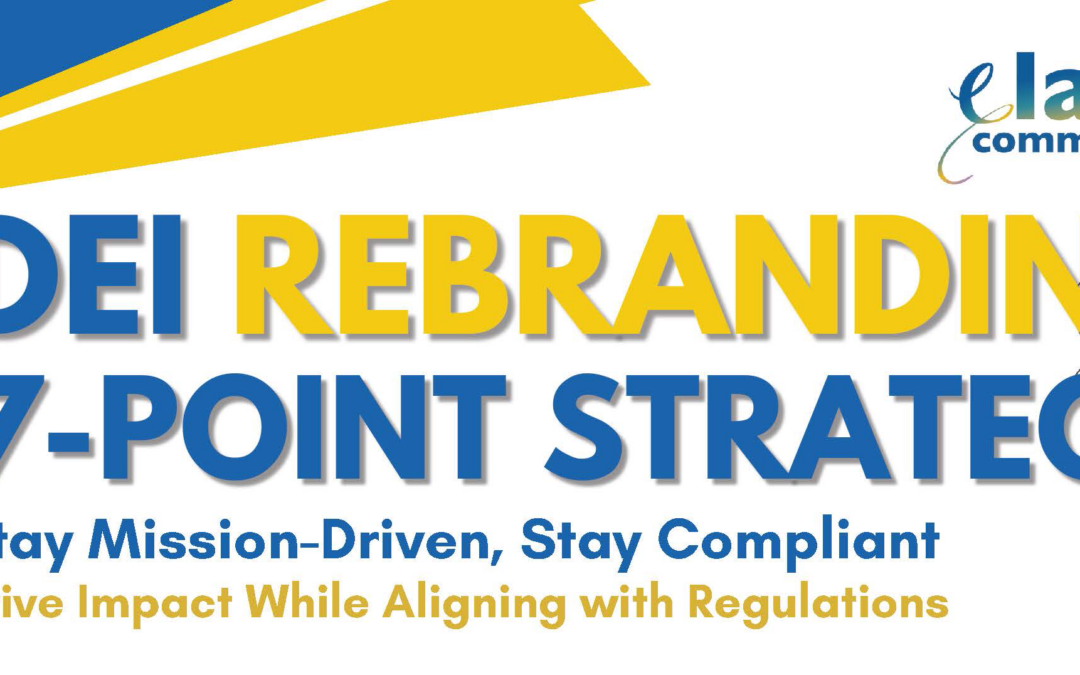For years, government grants have been a lifeline for nonprofits, funding essential programs that serve communities in need. However, recent budget constraints and policy shifts have led to reductions in available grants, leaving many organizations scrambling to fill financial gaps. Without a proactive approach, nonprofits risk downsizing programs, laying off staff, or even closing their doors.
Marketing is often an overlooked function in the nonprofit sector, but it is crucial for maintaining financial stability. A strong marketing strategy helps nonprofits:
- Increase Visibility: Raising awareness about their mission and impact to attract potential donors, partners, and volunteers.
- Diversify Funding Streams: Engaging new revenue sources such as corporate sponsorships, crowdfunding, and donor campaigns.
- Strengthen Community Engagement: Building a loyal base of supporters who advocate and contribute regularly.
- Showcase Impact: Demonstrating the tangible benefits of programs to encourage continued and increased support.
Here are 5 key marketing strategies that nonprofits should consider for surviving the government grant funding shake-up:
1. Leverage digital marketing –Nonprofits must embrace digital channels to reach wider audiences. This includes optimizing websites for donations, maintaining active social media profiles, and implementing email marketing campaigns. Video storytelling, infographics, and live streaming events can further boost engagement.
2. Enhance donor relations and storytelling –Donors want to know their contributions are making a difference. Sharing powerful stories of how the organization is changing lives can strengthen donor loyalty. Regular updates, testimonials, and impact reports should be an integral part of the marketing strategy.
3. Expand corporate partnerships –Many businesses are looking to enhance their corporate social responsibility (CSR) initiatives. Nonprofits should proactively reach out to companies for sponsorships, matching gift programs, and cause marketing partnerships. A well-crafted proposal outlining mutual benefits can go a long way in securing corporate backing.
4. Host virtual and in-person fundraising events –Events create opportunities for nonprofits to connect with potential donors, raise funds, and spread awareness. Whether through virtual galas, charity runs, or networking meetups, well-planned events can boost financial stability.
5. Invest in grant writing and alternative funding sources –While government grants are shrinking, private foundations, community grants, and crowdfunding platforms are still viable options. Strengthening grant writing efforts and exploring platforms like GoFundMe, Patreon, and Kickstarter can generate much-needed funds.
While government funding cuts pose significant challenges, they also present an opportunity for nonprofits to evolve. By prioritizing marketing, diversifying funding sources, and engaging with their communities more effectively, nonprofits can not only survive but thrive in the face of financial uncertainty. Now is the time for nonprofits to amplify their voices, tell their stories, and secure the support needed to continue their vital work.









